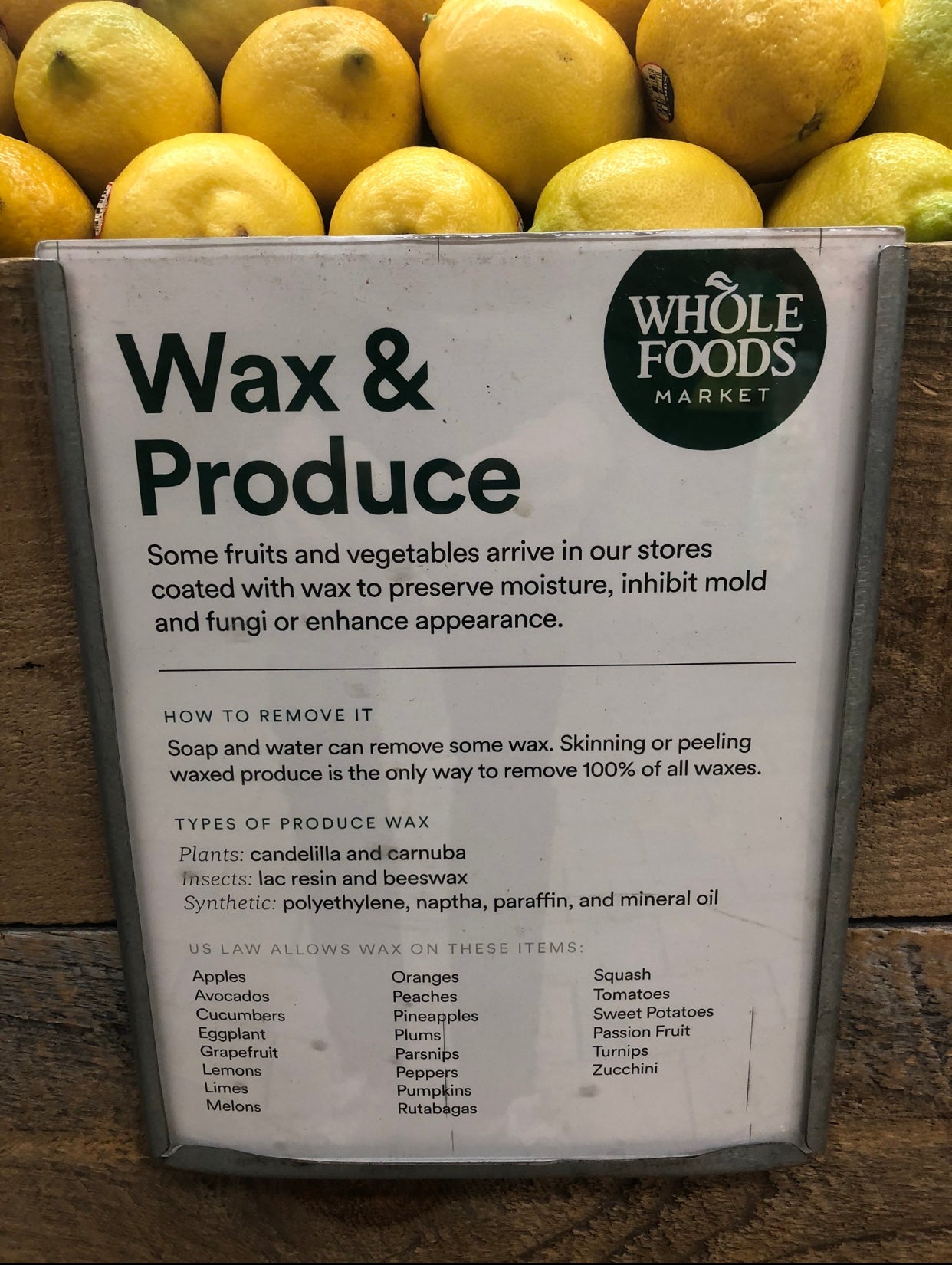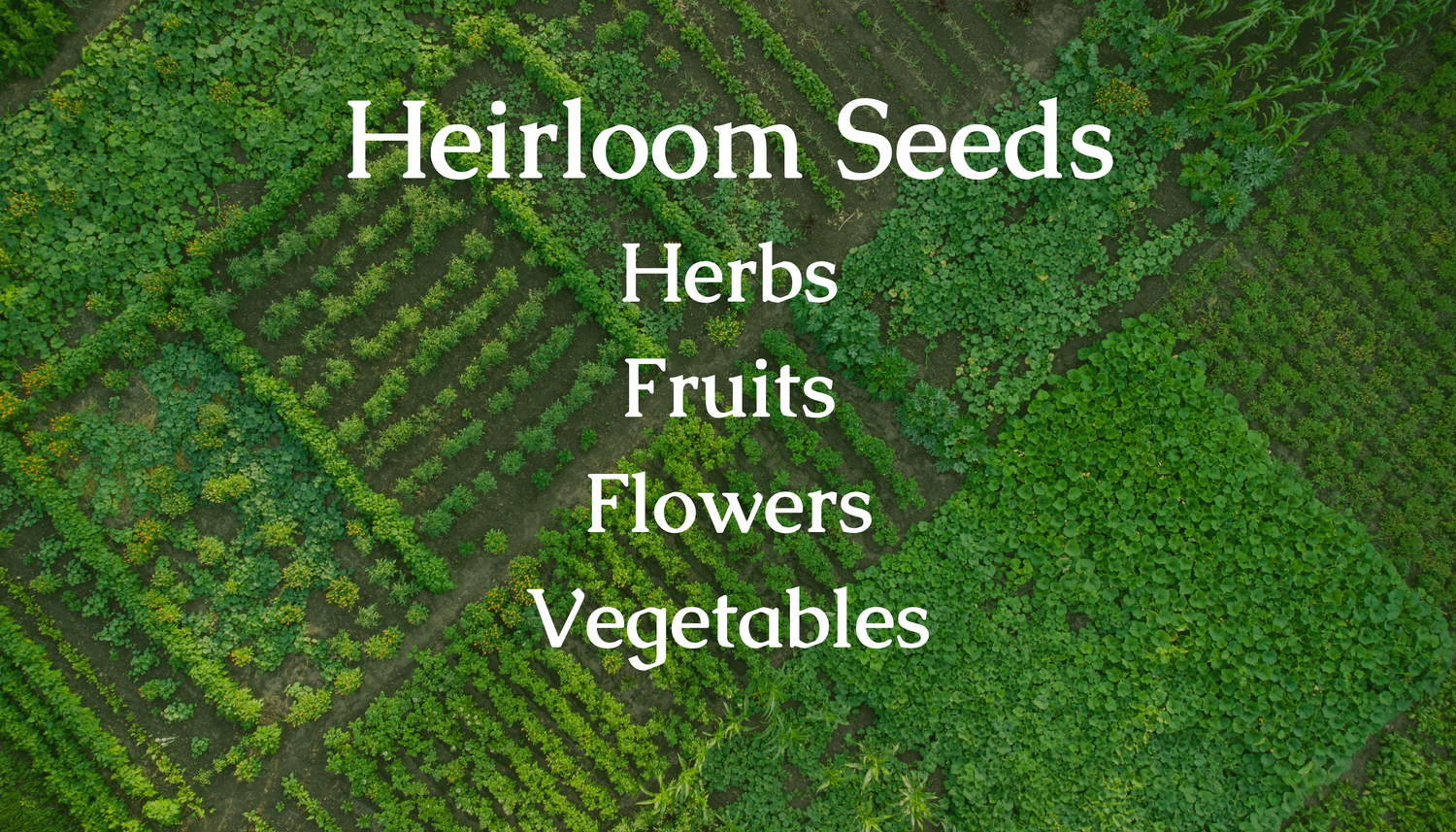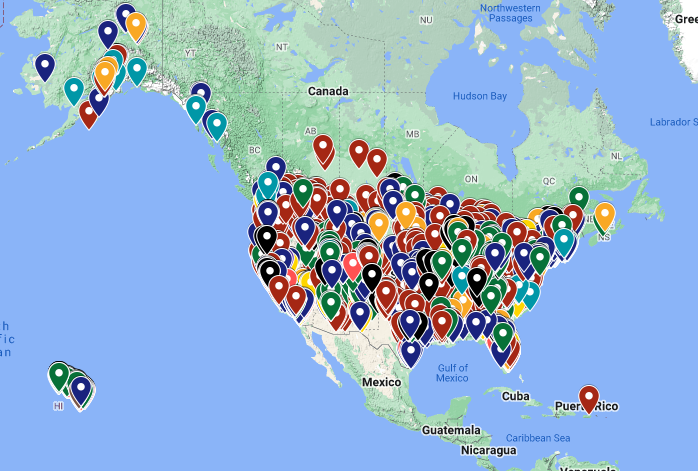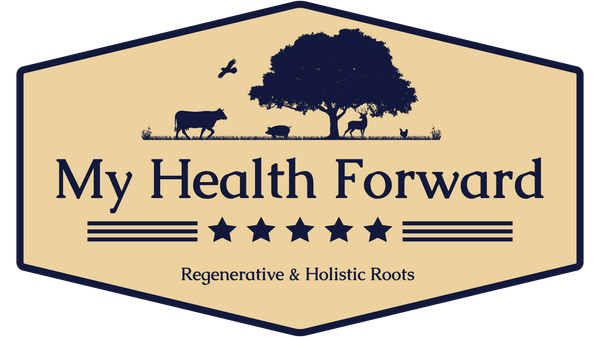How to Remove Wax from Fruits and Vegetables.
To support my work and start growing your own organic food at home, checkout the 180 open-pollinated, non-gmo, and pesticide-free heirloom seeds that I grow, pack, and carry here on my site.
A large portion of produce sold at the grocery store is treated with waxes. Here's how you can remove the food coatings.
The USDA allows wax on:
- apples,
- avocados
- cucumbers
- eggplant
- grapefruit
- lemons
- limes
- melons
- oranges
- peaches
- pineapples
- plums
- parsnips
- peppers
- pumpkins
- squash
- tomatoes
- sweet potatoes
- passion fruit
- turnips
- zucchini
The three common types of waxes used are plant-based, insect-based, and synthetic or petroleum based.
Petroleum based synthetic waxes including paraffin, polyethylene, mineral oil, and naptha are used on conventional produce items. The most common is paraffin wax which is largely composed of vegetable oils, petroleum resins and oil derivatives. While the FDA deems them safe in small amounts, questions linger about the potential long-term health impact of regularly ingesting them. There is also concern regarding the ability of paraffin and all other waxes to trap in pesticides and bacteria on the produce. On top of that, synthetic waxes can be used in conjunction with a layer of fungicide to prevent mold growth. For example, Sta-Fresh® 451 is a high-gloss fungicide used on citrus.
Carnauba Wax is derived from the carnauba palm and can be used on organic produce. Beeswax which is derived from honeycomb and shellac which is derived from the lac beetle can be used on conventional and organic produce depending on the full ingredient list of the coatings.
The FDA claims that water alone will remove these waxes, which isn't accurate because they are hydrophobic and insoluble in water. I found from looking at the technical sheets that the waxes are soluble in acetic acid and ethers meaning that vinegar can be used to remove them.
Here are three ways to remove the wax.
1. Add 1/2-1 cup of vinegar to 4 cups of water and let the produce sit for 10 minutes before using a cloth or veggie brush.
2. Dip a cloth in vinegar and then firmly brush the produce.
3. Place 1/2-1 cup of vinegar into water that is just below boiling (180 degreed faranheit) and let the produce sit for 15-30 seconds or until you can see the wax dissolving.

Whole Foods
I took this photo at a New York Whole Foods in March.

Browse My Heirloom Seeds
I carry over 180 varieties of heirloom seed packets that are open-pollinated, non-gmo, pesticide-free, and breed true to type. Growing your own produce provides you with continual access to healthy and nutritious food.
Let customers speak for us
from 346 reviewsThis is the only place I buy seeds. Terrific company.

Germinated right away and already growing fast!

After just a couple of days, my seeds for Summer squash are popping out of the dirt, healthy and green! I’m thrilled with all the seeds I have purchased from My Health Forward. They all are happily growing! I will definitely order again!!

Ive already got seeds sprouting indoors. I ordered a lot of seeds and my order was fullfilled perfectly. Thank you!

I trust My Health Forward for my seed purchased. 100%

Seeds sprouted in 5 days or less super exciting stuff impeccable service

Thank you for all the work that you do in providing access to heirloom seeds and upholding food sovereignty and sustainability practices :)

Cannot wait to purchase more seeds, I’m a horticulturist and I’ve been looking for someone to purchase heirloom seeds from, and I finally found the place! No damage to the packaging whatsoever the package was sealed tight and they love how the seeds were packed so cute! Can’t wait to start sowing my seeds!

I’m beyond impressed with My Health Forward’s Heirloom “Small Cherry Red Tomato” Seeds! Within just 6 days of planting indoors in containers, I already have vibrant little plants springing up. These seeds germinated so much faster than any standard seeds I’ve tried before.
I’m thrilled to see such promising growth and can’t wait to get these plants ready for the upcoming spring season. If you're looking for high-quality seeds that deliver quick and reliable results, these are a must-have for your garden. Highly recommend!

It's only been a few days and my seeds are already starting to sprout! I can't wait to taste these delicious lettuce heads!

Can't wait and see the results! The seeds look healthy and the package arrived in a short time

Ordering was easy and reasonably priced. Will order again.


Find Local Farms
Find farms near you using my map with over 6,800 local farms, ranches, markets, and stands across the country.



